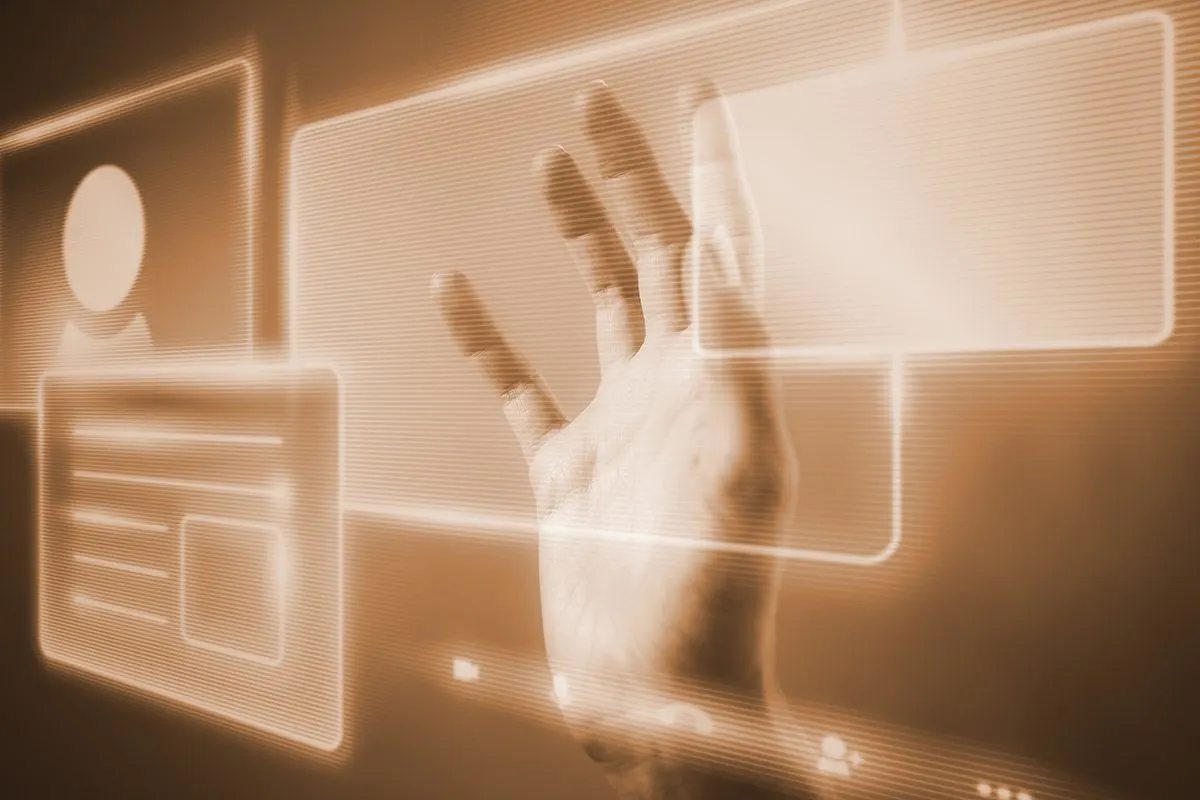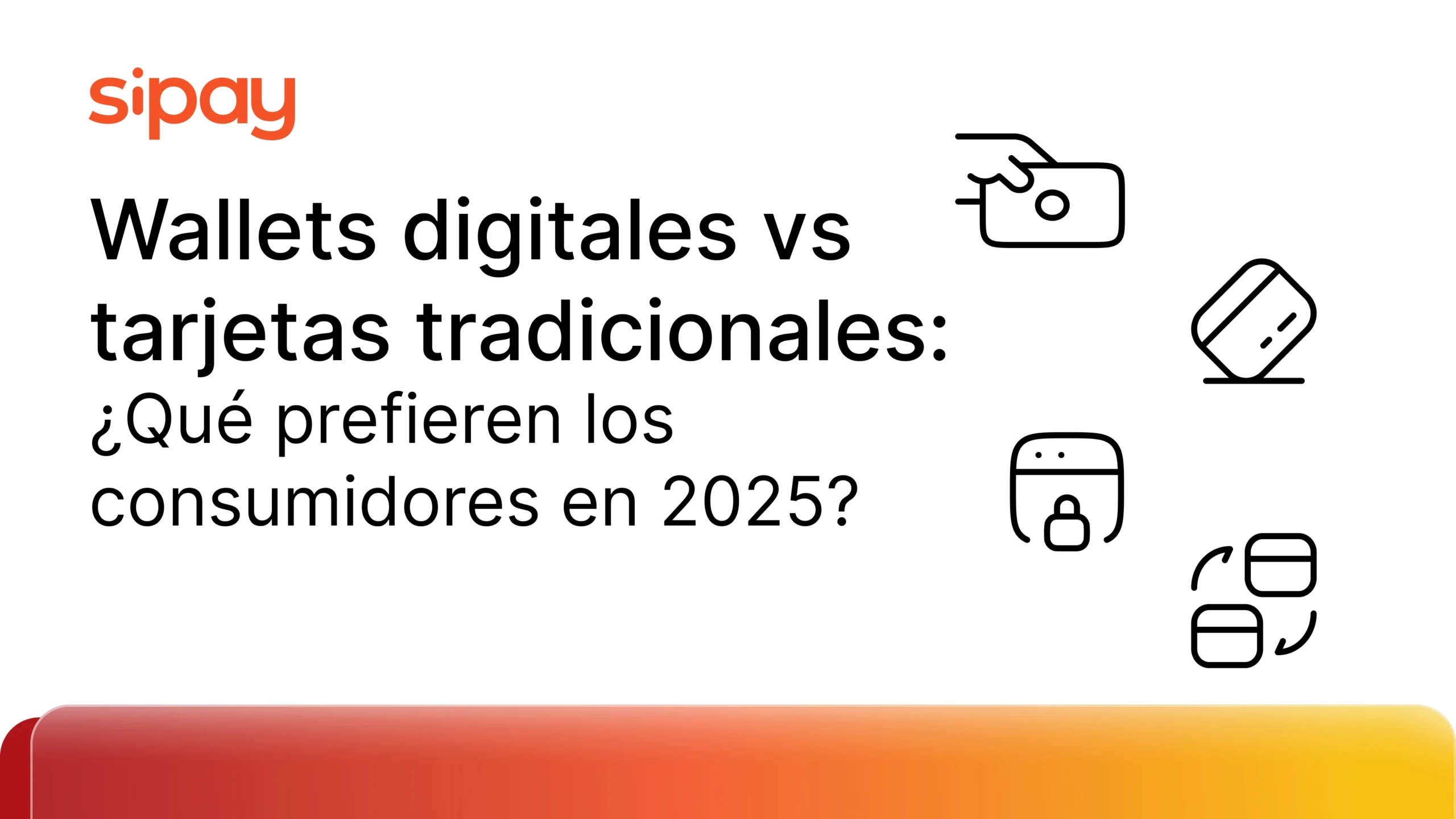IoT (Internet of Things), implies the digitalization of the physical world, which means that the constant connectivity between objects and people enables the system to provide information at a real time.
This concept, which people referred to almost daily, emerged in 1999 at the Massachusetts Institute of Technology. Every day we have a higher number of connected devices among us. According to a report developed by Cisco, by 2020 this amount is expected grow and estimated to be between 22,000 and 50,000 million connected devices.
There are bracelets that provide health parameters, blinds that go up and down according to the amount of light or time of day, even, fridges that warn users if a product of usual consumption is finished, or appliances that turn on and activate at the time when they are required.
Having this type of devices will make consumers’ everyday life much easier, but will also provide brands with valuable information, that will undoubtedly be useful to create new strategies adapted and customised to improve the users’ experiences.
The payment methods industry doesn’t want to let this opportunity go, so it bets to invest on a continuous innovation process, by offering alternative payment methods, such as garments and accessories like bracelets, rings, watches, etc., capable to make payments thanks to the NFC (Near Field Communication) technology. According to the ICEMD, wearables’ sales will reach 300 million by 2018, of which 30% to 40% will have payment functions incorporated.
Companies are starting to invest at intelligent solutions that allow them to offer multiple payment alternatives and complementary services among all their sales channels. This happens through a single platform that integrates the strategic analysis of data. Accordingly, it is unavoidable not to talk about Big Data when we refer to the Internet of Things or rather, the Internet of People, taking into consideration that all information and collected data is a vivid representation of the consumers’ behaviour. Due to this fact, companies are becoming aware of the necessity to know the target in order to make future product decisions.
From the Communications Department at Sipay, Beatriz Nanclares declares that «The Internet of Things will allow brands to perfectly know their consumers. By customising all their products, services and experiences, firms can get loyal customers and manage to turn them into brand prescribers. In addition, with the arrival of the connected devices, the omnichannel feature turns to be a key factor for companies by being able to offer their customers the best experience in the payment process, without mattering the device used to carry it out”.



